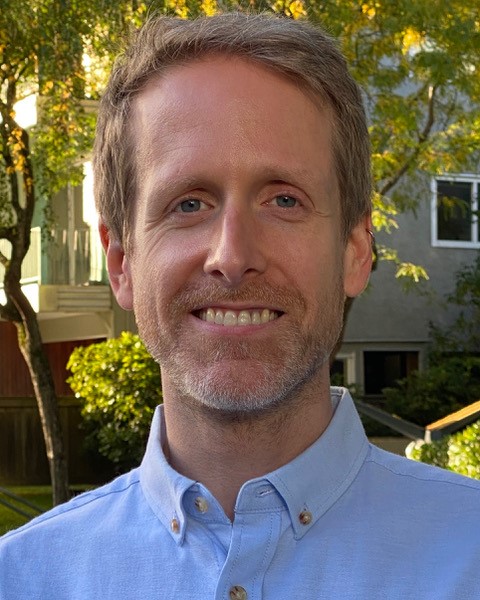
Matthew Menzies is an APSA board member and also a member of CUHSC (SFU's Central University Health and Safety Committee). We asked Matthew to speak a bit more about the committee, its work at SFU and how the committee helps with your safety on the various campuses.
Can you tell me a little more about what CUHSC is?
WorkSafe BC requires that workplaces with 20 or more workers have a joint health and safety committee comprised of both worker and employer representatives. Given SFU’s size and complexity, it meets this requirement through the implementation of 11 local joint health and safety committees - each serving a particular location on SFU’s campuses – along with the Central University Health and Safety Committee (CUHSC). CUHSC oversees the local committees and addresses health and safety matters that have a University-wide impact.
What kind of safety concerns are being addressed?
As a preventative measure to identify and control potential health and safety hazards, safety inspections of all workplaces at the University are conducted regularly by the local joint committees. Accident investigations are a reactive measure that occurs after an incident has occurred. Investigations are conducted not to lay blame for the accident, but rather to determine its cause and to recommend corrective actions. Even for near-miss incidents that fortunately did not result in a harmful outcome, investigations are important for understanding what went wrong and identifying what needs to be done to ensure something similar doesn’t happen again in the future.
What role did CUHSC play during the COVID shut down and return to campus?
When I joined CUHSC at the start of the Summer 2021 term, the University was starting to move gradually toward a return to on-campus activities. CUHSC was updated regularly about the University’s response to the COVID-19 pandemic. Ultimately, the University makes the final decisions about its course of action, and throughout the pandemic, SFU’s Safety and Risk Services has aligned its response closely with guidance from the Provincial Health Officer. CUHSC has ongoing opportunities to request information and data related to decisions being made, and also to put forward recommendations.
What other work does CUHSC do?
CUHSC is directly involved in the review of University policies that have implications for employee health and safety. It promotes health and safety programs on campus, and oversees the implementation of the local joint committees. Each CUHSC member also serves as a liaison between the central committee and an assigned local joint committee, attending meetings for both and relaying concerns and information between the two as needed. CUHSC may also make health and safety recommendations directly to the University’s chief safety officer.
Why do APSA members sit on CUHSC? How does that work?
WorkSafe BC requires that joint health and safety committees be comprised of both employer and worker representatives, where there are at least as many employee reps as employer reps. At SFU, each employee group (including APSA, CUPE, Poly Party, SFUFA, and TSSU) has worker representatives both on CUHSC and on the local committees. APSA managers, along with APEX members, serve as employer representatives on the committees.
Who can members contact if there is a health and safety issue?
- Urgent hazards should be reported Campus Security’s emergency line at 778-782-4500;
- In the event of an emergency, call 9-1-1 first and then Campus Security;
- If unsafe working conditions are encountered:
- the first response should be to bring the concern to the attention of the supervisor of the relevant department. The expectation is that the supervisor will investigate and evaluate the concern, and take any appropriate measures to address it;
- If the employee is unsatisfied with the supervisor’s response to their concern, they can being the issue to the attention of their employee group (APSA, in our case), and/or to their local joint health and safety committee;
- Ultimately, if the issue remains unresolved after having pursued it through each of these avenues., the last resort is to report the issue to WorkSafe BC for further investigation
- At any point in the process, SFU’s Environmental Health and Safety Office can also be contacted for guidance and support.
How can APSA members get more involved with Health and Safety on campus?
- Be aware of the University’s emergency procedures and medical resources;
- If any health and safety hazards are encountered, or if an incident occurs, it’s important that these be reported to the relevant department supervisor. Facilities-related hazards can also be reported directly to Facilities Services;
- Know your rights. All workers have:
- the Right to Know about any potential hazards that they may be exposed to in the workplace and how to protect themselves.
- the Right to Participate in identifying and solving health and safety problems through their supervisor or joint health and safety committee; and
- the Right to Refuse Unsafe Work that they believe is dangerous to their health and safety or that of any other worker in the workplace;
- Connect with your local joint health and safety committee, and feel free to raise questions and concerns with them;
- Make sure you're up to date with having completed the safety training modules relevant to your role at the University
- Check to see if your local committee has a vacancy and consider volunteering!
